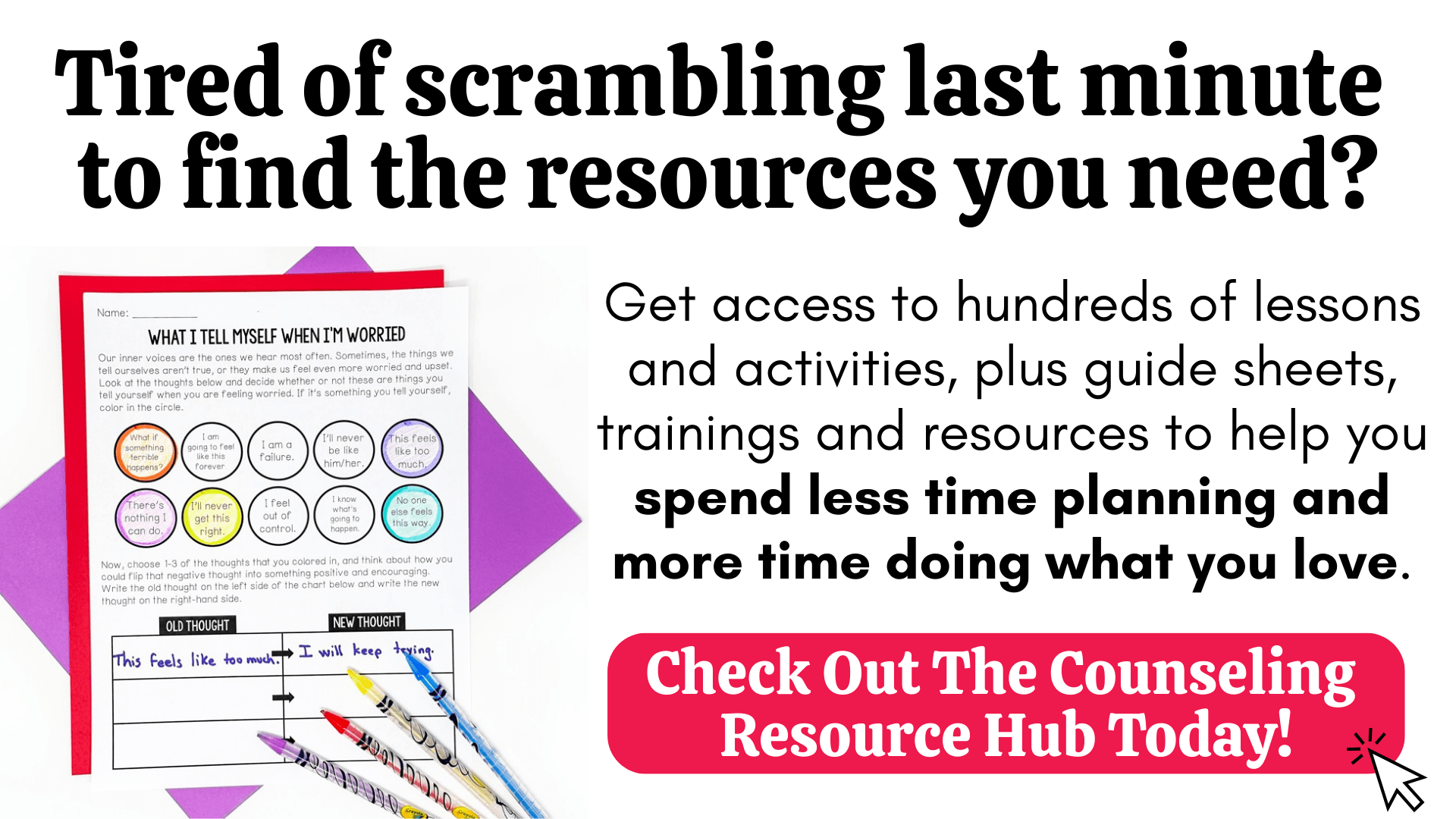Tips For Teaching Young Children About Bullying
If you work with little learners (like pre-k and k), you know it can be challenging to talk about topics that may seem difficult or mature for that age group. Bullying can be one of those topics. These tips for teaching young children about bullying will help you address it in a way that is meaningful, but also developmentally appropriate.
This post contains affiliate links. Please review my full disclosure policy for additional information.
As an adult, I have seen the terrible effects of bullying and find myself wanting to shelter these little ones by acting like bullying doesn't exist. But. The reality is that it does. 1 in 5 students ages 12-18 report being bullied at school. Read that again. 1 in 5. That’s why I think it is so imperative that we don’t just turn a blind eye to bullying, even in the younger grades. I believe that if we are proactive, and explicitly teach about bullying at a young age, they will know what to do when they see it and hopefully can avoid some of its terrible effects.
With this being said, we still need to make sure that what we are saying is developmentally appropriate. We don’t want to confuse the students or make them overly fearful. However, explaining bullying and its effects in a simple and relatable way can be a great step to bullying prevention. Here are some of my favorite tips for teaching young children about bullying.
1- Be Clear About What Bullying Is
The word “bullying” can seem scary. I think this mainly comes from our understanding of how serious it is. However, to avoid confusion, it’s important to call it what it is - even with young students. By teaching our little learners what bullying is, and what it’s not, we will empower them to be able to identify bullying when they see it.
An easy definition of bullying is that it is behavior that happens several times, is one-sided, mean, and purposeful. You can then use the acronym STOMP to help students remember. I think we can be scared to use the term bullying with young learners, but being straightforward with students at a young age will make it less confusing as they grow.
2- Use Puppets To Role Play Responding To Bullying
Using puppets is a great way to help students learn about and process difficult topics. Puppets also protect students from internalizing some of the concepts you are playing out, while still giving them the opportunity to practice the skills you are teaching. When it comes to bullying, hopefully our young friends don’t have a ton of personal experience to draw from, so using puppets is a great way to help them further understand the topic.
To do this, you and your students can each have a puppet. I like to have my own puppet play the role of the bully so I can control what is said and so the students aren't practicing bullying behavior. My puppet will play the part of the bully, and then the students can practice standing up for themselves and others.
I also like to come up with the examples myself instead of having the students use their own ideas. This can help make sure that the scenarios are actually examples of bullying, and that they are developmentally appropriate. You can use the same scenarios more than once to encourage the students to role play different solutions or responses. Here are a few examples you can use:
At circle time, Timothy always pokes and pinches Andrew when the teacher isn’t looking. What can Andrew do? What can you do if you see it happening?
Jordana says mean things about Ani’s clothes every day. What can Ani do? What can you do if you see it happening?
Cecilia always tells Desmond that he can’t play with her at recess because he’s a boy. What can Desmond do? What can you do if you see it happening?
I love these puppets from Melissa and Doug!
3- Use books and videos
Thankfully, when it comes to bullying prevention there are a lot of resources already out there. There are so many great, accurate, and appropriate books and videos for even our youngest kiddos.
Like the puppets, these materials help students effectively learn about bullying in an external way. Students will be able to relate to the characters, and understand how they are feeling without feeling like the bullying is happening to them. Seeing examples presented in this way can also help students gain a clearer understanding of what bullying can look like in real life. Here are some of my favorite books for teaching young students about bullying.
Unfortunately, bullying is a reality for so many students. But, with these tips for teaching young children about bullying, talking about it doesn’t have to be scary.
If you are looking for more activities for K-2 bullying lessons, check out these bullying centers. There are 6 centers that will help students learn what bullying is, and how they can stand up for themselves and others!









